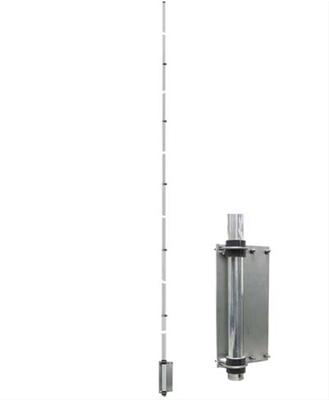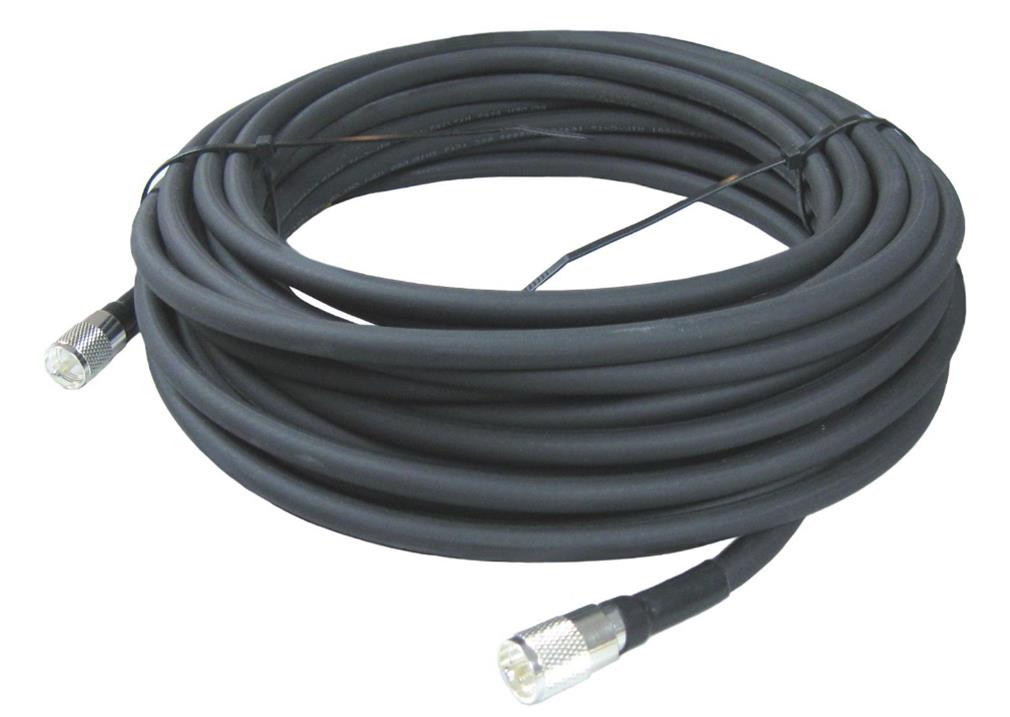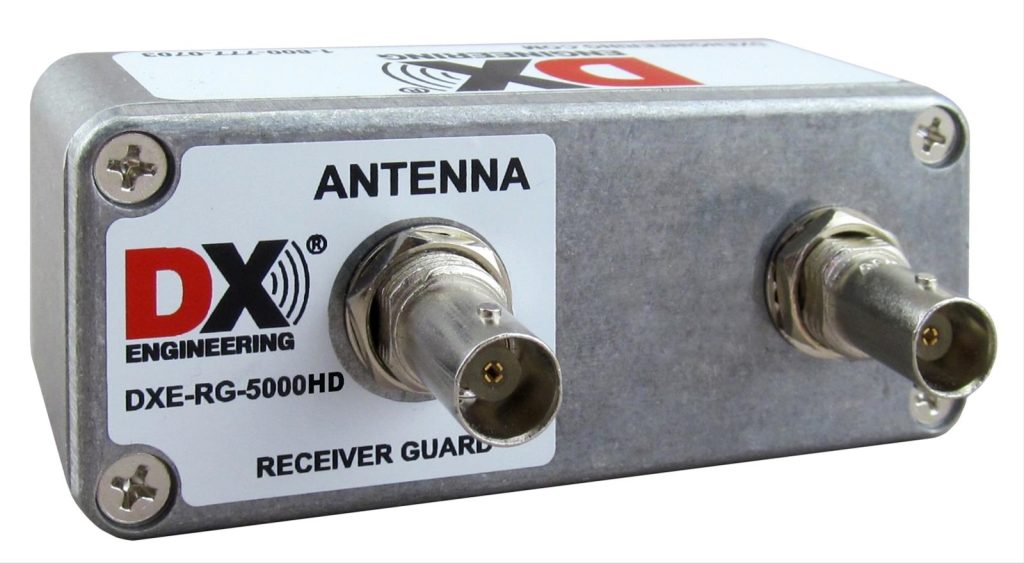OnAllBands has had some fun over the years drawing parallels between radiosport and other competitive pursuits, including baseball and basketball. With Gridiron Season upon us, we thought it was a perfect time to compare radio contesting with American football—two passions that keep many of us glued to a chair for way longer than anyone should be, uh, glued to a chair.
Read this article by Ward Silver, N0AX,“Contesting Equipment Guide: Small Upgrades that Can Make a Big Difference,” for advice on making your time in the contesting chair as comfortable as possible. (Note: Ideal furniture for marathon football-viewing sessions is beyond the scope of this post.)
Ready for some high-speed action? Are all your rowdy friends making QSOs tonight? Then hut, hut, Hi-Z, Hi-Mound, Hi-Viz, hike…
- In football, you have a field…In ham radio, you have Field Day.
- In football, running backs exploit openings to make first downs…In ham radio, operators exploit band openings to log more QSOs.
- In football, you have passes and bands at halftime…In ham radio, you have band pass filters.

- In football, you have quarters and quarterbacks…In ham radio you have quarter-wave antennas.


- In football, you have cheerleading…In ham radio, you have cheerleading (a definite no-no in amateur radio contesting).
- In football, you have gains and losses…In ham radio, you have gains and losses.
- In football, you have pass interference…In ham radio, you have RF interference.
- In football, you have wide receivers…In ham radio, you have wideband receivers—as well as transceivers (in football terms, this would be a teammate who can both throw the pass and catch it).
- In football, you have guards…In ham radio, you have the Receiver Guard.

- In football, you have pads…In ham radio, you have DX Engineering PaddlePads.
- In football, there was Packer Bart Starr…In ham radio, there’s packet data and D-STAR.
- In football, you have J.J. and T.J. Watt…In ham radio, you have wattmeters


- In football, you have reverses…In ham radio, you have reversible Beverage systems.
- In football, you have the Super Bowl…In ham radio, you have superheterodyne.
- In football, you have rookies…In ham radio, you have the ARRL Rookie Roundup.
- In football, you have intentional grounding…In ham radio, you have intentional grounding, though one’s a penalty and the other is a good thing to have at your station.
Whether your Sundays are spent on the couch watching the Bengals or in the shack using a Begali key, there’s plenty of action on and off the air. Here are a few contests to put on your amateur radio calendar:
Ohio State Parks on the Air: Sept. 6, 1400 UTC to 2200 UTC (10 am to 6 pm Eastern Time). With DX Engineering proudly rooted in the Buckeye State, this annual event is near and dear to our ham radio hearts. Tom, KB8UUZ, DX Engineering technical writer, is a member of the contest committee for the 18th edition of this outdoor operating event that highlights Ohio’s beauty and diversity.
Also, don’t miss the flora, fauna, frequencies, and fun of Wisconsin Parks on the Air, Sept. 20, 1600Z to 2300Z (11 am to 6 pm local/CDT), sponsored by the Fox Cities Amateur Radio Club, W9ZL.
IARU Region 1 Field Day, SSB: Sept. 6, 1300Z to Sept. 7, 1259Z. This annual event presents an excellent opportunity for clubs to test their low-power portable operating capabilities; experiment with design, construction, and deployment of antennas; and use alternate means of power.
66th All Asian DX Contest, Phone: Sept. 6, 0000Z to Sept. 7, 2400Z. Sponsored by the Japan Amateur Radio League, this annual event is for both Asian and non-Asian stations making SSB QSOs on 160, 80, 40, 20, 15, and 10 meters.
ARRL EME Contest: Sept. 13, 0000Z to Sept. 14, 2359Z. The object of this annual event is to work as many amateur stations as possible via the earth-moon-earth path on any authorized amateur frequency above 50 MHz. Effective in 2024, the contest exchange is now a station’s four-digit Maidenhead grid square locator. September 21-22 is designated for 2.3 GHz and up. Oct. 11-12 and Nov. 8-9 are for 50 to 1296 MHz.
WAE DX Contest, SSB: Sept. 13, 0000Z to Sept. 14, 2359Z. The German Amateur Radio Club (DARC) invites amateur operators worldwide to participate in this Worked All Europe contest. The RTTY portion of the contest is scheduled for Nov. 8-9. Read complete rules here.
ARRL September VHF Contest: Sept. 13, 1800Z to Sept. 15, 0300Z. Amateurs in the U.S. and Canada will be trying to work stations in as many 2 degree x 1 degree Maidenhead grid squares as possible using authorized frequencies above 50 MHz. Stations outside the U.S. and Canada may only work stations in the U.S. and Canada. All legal modes are permitted, including CW, SSB, FT8, MSK144, FM-Only, PSK31, FSK441, and JT65.
QRP Afield: Sept. 20, 1500Z to 2100Z: Hosted by the QRP Club of New England, this low-power event rewards operators based on power levels and location (e.g., 10 points per contact for QRP operation from a field or mobile location).
ARRL 10 GHz and Up Contest: Sept. 20, 0900Z to Sept. 22, 0759Z. North American amateurs will attempt to contact as many stations in as many different locations as possible in North America on bands from 10 GHz (3-centimeter) through Light. Amateurs are encouraged to operate from more than one location during this event. Contesters may enter in either “10 GHz Only” or “10 GHz and Up” categories.
For those interested in 10 GHz operation, you’ll find the Icom IC-905 VHF/UHF/SHF All Mode Base/Portable Transceiver at DXEngineering.com. The rig boasts operating capability up to 10 GHz with the optional CX-10G Transverter (sold separately).
CQ World Wide DX Contest, RTTY: Sept. 27, 0000Z to Sept. 28, 2359Z. This annual event attracts more than 15,000 RTTY enthusiasts from around the world.
Masonic Lodges on the Air: Sept. 27, 1400Z to 2200Z. “The idea for the Masonic Lodges on the Air Contest grew out of the realization that many Freemasons have a love for Amateur Radio,” the event’s official website reads. The idea is to see how many Masonic Lodges you can contact in a day on 80, 40, 20, 15, and 10 meters SSB. You do not need to be a Mason to participate, but organizers ask that you get permission from your local lodge to contest from their property.
AWA Amplitude Modulation QSO Party: Sept. 27, 2000Z to Sept. 28, 2400Z. Sponsored by the Antique Wireless Association, this event is designed to “promote and encourage the use of amplitude modulation on the amateur radio bands” and to “enjoy the friendly atmosphere and pleasant audio quality of AM communication,” per the AWA website. Participants will try to make contacts using the amplitude modulation mode on 160, 75, 40, 20, and 10 meters. From its website, the vision of the AWA is to “preserve and share the history of technology used to communicate and entertain from the first telegram to today’s wireless text messaging.”
State QSO Parties
- Texas: Sept. 20, 1400Z to Sept. 21, 0200Z, and Sept. 21, 1400Z to 2000Z
- Iowa: Sept. 20, 1400Z to Sept. 21, 0200Z
- New Jersey: Sept. 20, 1400Z to Sept. 21, 0159Z
- New Hampshire: Sept. 20, 1600Z to Sept. 21, 0400Z and Sept. 21, 1200Z to 2200Z
- Washington State Salmon Run: Sept. 20, 1600Z to Sept. 21, 0700Z, and September 21, 1600Z to 2400Z (find more details on the Salmon Run official website)
- Maine: Sept. 27, 1200Z to Sept. 28, 1200Z
Read more about State QSO Parties in these OnAllBands articles:
- Ward, N0AX: State QSO Parties—Great HF Practice
- Sean, KX9X: State QSO Parties—Low-Pressure Contesting
You’ll find everything you need at DXEngineering.com to get maximum fun out of State QSO Parties, including transceivers, antennas, CW keys and paddles, and more.

